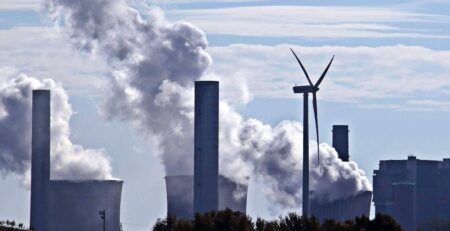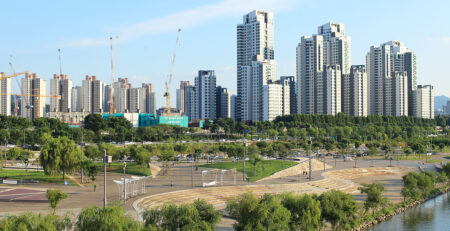Here’s how China’s Ageing will Narrow Income Gaps in West
In recent years politicians and thinkers in the developed world have found themselves struggling to explain three trends that have gripped advanced economies: the long-term fall in real interest rates adjusted for inflation, the fall in workers’ real wages, and the sharp rise in inequality between rich and poor.
In truth, these three trends are easy enough to understand if you take a global, rather than a national or regional view. They can all be explained by the economic rise of China. In turn, some ascribe China’s ascendance to the wise and benevolent leadership of the Communist Party. They are wrong. There is an altogether simpler explanation. At bottom, China’s growth has been driven by two powerful development impulses, which for many years Communist Party rule hindered rather than helped.
The first is clean water. The second is schooling, especially for girls. Clean water means better hygiene, which means lower infant mortality with more babies surviving to grow up and enter the workforce. Meanwhile, getting girls as well as boys into school doubles the pool of potential workers 15 years down the line.
What’s more, better educated women tend to have fewer babies, so they spend less time looking after their children and more time working. And with fewer kids to care for, they spend less of their income and save more.
The upshot, and it is a pattern that has been repeated across Asia in the last 70 years, is a powerful demographic sweet spot. An entire generation of educated workers grows up to enter the labour force, greatly increasing the economy’s output.
Full content: SCMP










